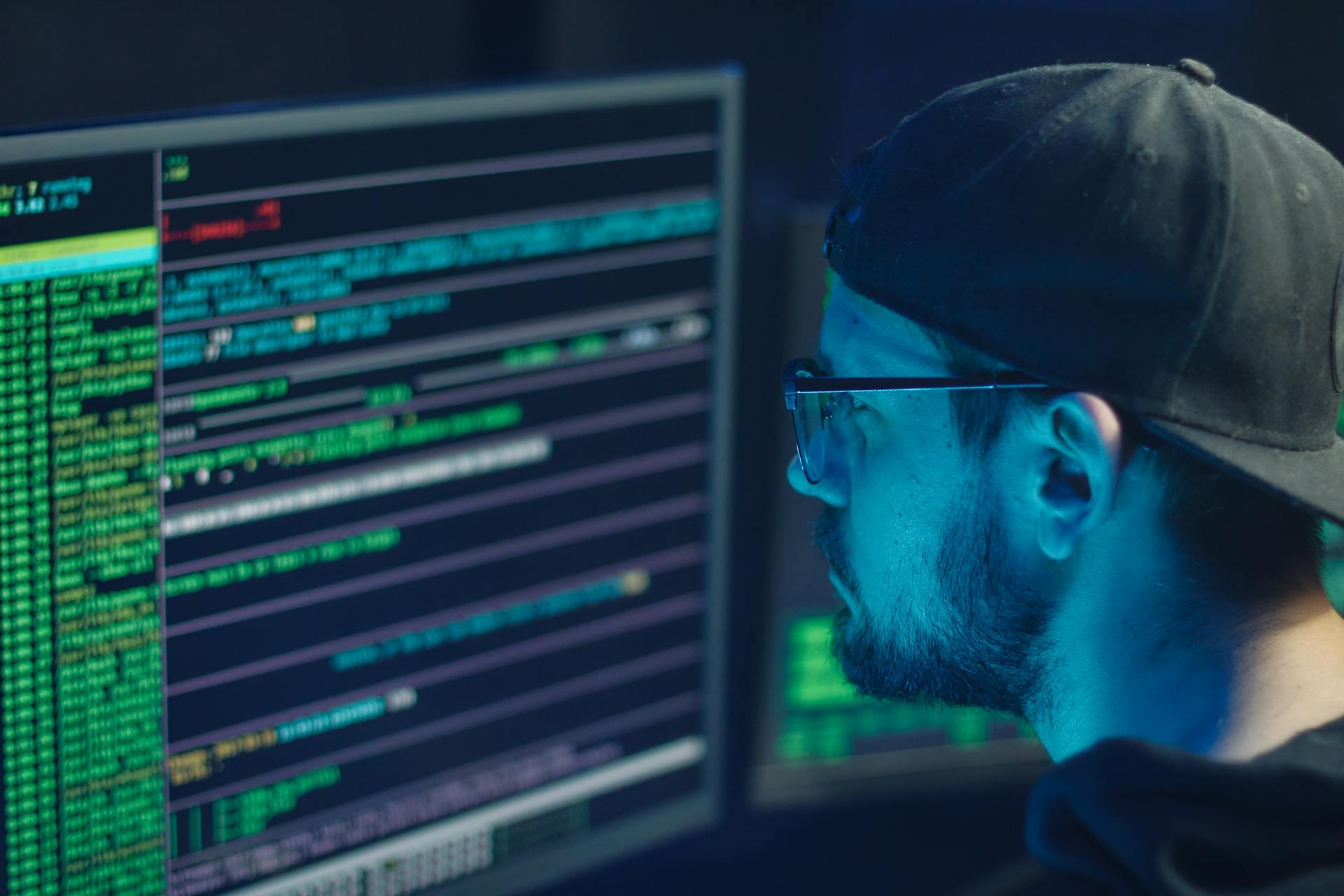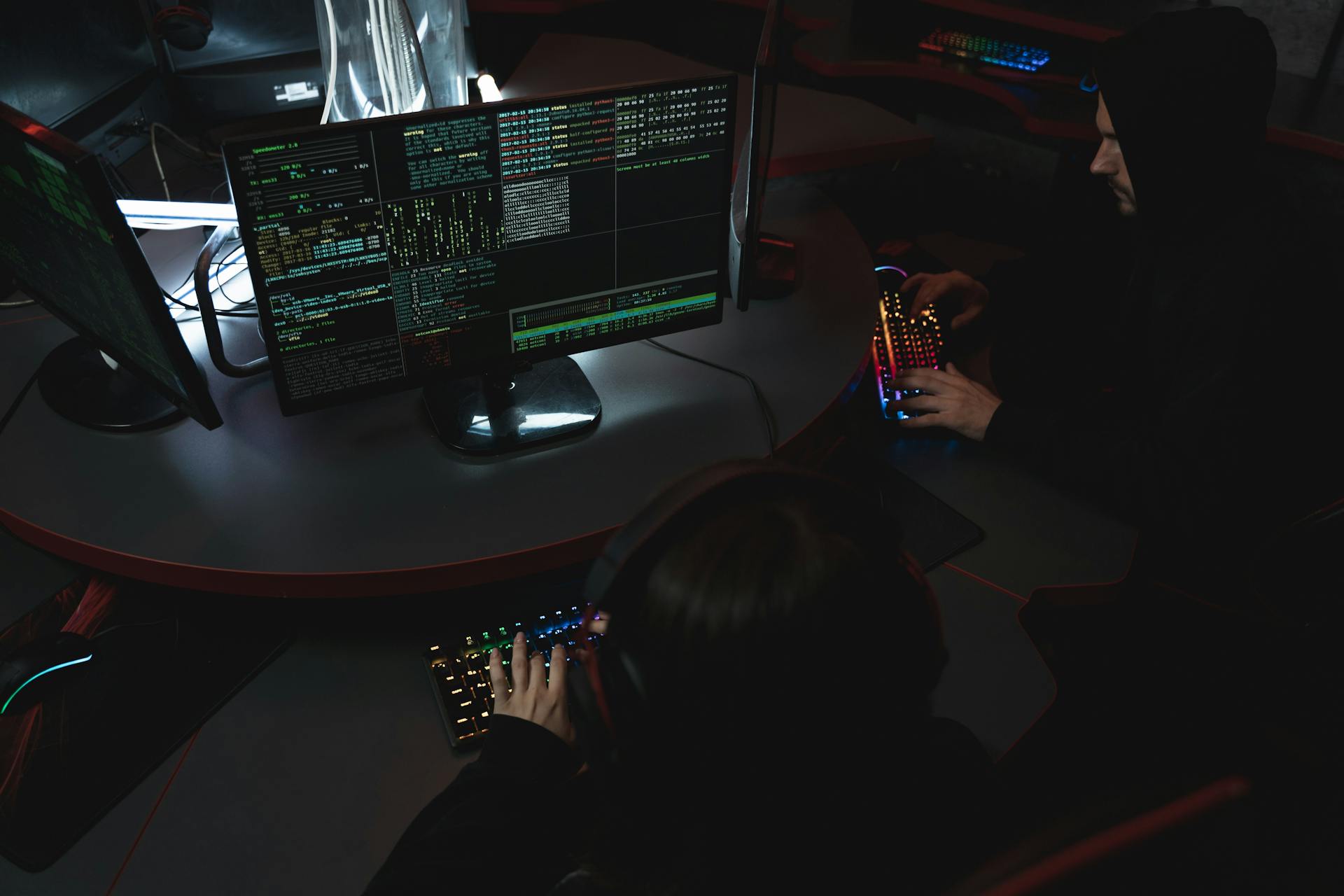
Artificial intelligence (AI) has transformed cybersecurity in 2025. From AI-powered threat detection to predictive analytics, automation plays a critical role in defending organizations from modern attacks. But despite these advancements, human error remains the number one cause of data breaches.
Phishing, weak passwords, and insider mistakes consistently open the door to attackers — and no amount of AI alone can fully eliminate these risks. That’s why cybersecurity awareness training continues to be one of the most effective ways to protect enterprises.
At KMicro, we help organizations combine cutting-edge technology with people-first strategies, ensuring that employees remain the strongest link in the cybersecurity chain.
Why People Still Matter More Than AI
AI-driven tools are powerful, but they have limits:
-
AI can detect anomalies, but not intent. For example, a phishing email crafted with generative AI may look convincing enough to bypass filters.
-
Humans are the final gatekeepers. A well-trained employee who knows how to spot red flags can stop an attack before it succeeds.
-
Insider risk requires awareness. Careless file sharing, accidental data leaks, or falling for social engineering aren’t issues AI alone can solve.
This balance between technology and human vigilance is why enterprises in 2025 continue investing heavily in employee security training.
The Top Human-Driven Threats in 2025
1. Phishing and Social Engineering
Phishing has evolved with generative AI, producing realistic emails, texts, and even deepfake audio. Employees who aren’t trained to recognize these attacks are far more likely to click malicious links or reveal credentials.
2. Weak or Reused Passwords
Despite advancements in passwordless authentication, many employees still reuse passwords or choose weak ones. Attackers exploit this through brute force or credential stuffing attacks.
3. Shadow IT and Unsafe Apps
Unauthorized software or AI tools like ChatGPT or GitHub Copilot can be used without proper oversight. These create compliance risks and possible data leaks.
4. Insider Threats
Not all risks come from outside. A disgruntled or careless employee can accidentally — or intentionally — cause a serious data breach.
Why Cybersecurity Awareness Training Works
Unlike automated defenses, training addresses the human element directly. Effective programs focus on:
-
Recognizing Phishing Attempts: Teaching employees to look beyond surface-level cues.
-
Safe Use of AI Tools: Ensuring staff understand the risks of entering sensitive data into generative AI platforms.
-
Incident Reporting: Encouraging employees to report suspicious activity quickly.
-
Compliance Awareness: Helping staff follow GDPR, CCPA, and other regulatory guidelines.
KMicro’s Cyber Security services incorporate training, simulations, and education to build resilience at every level of an organization.
Building a Human-Centered Cybersecurity Culture
Creating an aware workforce requires more than a one-time training session. Organizations should establish a culture of ongoing learning and shared responsibility.
-
Regular Training Modules: Quarterly updates on new threats.
-
Phishing Simulations: Testing employees with realistic attack scenarios.
-
Recognition Programs: Rewarding employees who report threats or demonstrate best practices.
By embedding cybersecurity into everyday practices, businesses create a culture of accountability where every employee becomes part of the defense system.
Technology and People Together: A Hybrid Defense
While people are the foundation of strong security, AI and automation still play a vital role. The most effective defense is a hybrid approach, combining tools with training.
-
Managed IT Monitoring: With IT Managed solutions, organizations gain 24/7 visibility into unusual behavior.
-
AI-Powered Detection: AI catches anomalies at machine speed.
-
Human Validation: Employees confirm whether activity is legitimate or malicious.
This collaboration reduces both false positives and false negatives, strengthening enterprise security posture.
Protecting AI and Productivity Tools
AI tools like Microsoft 365 Copilot or GitHub Copilot are now widely used to improve productivity. But without proper safeguards, they can expose sensitive data or generate compliance risks.
Organizations must provide training on responsible AI usage, combined with secure deployments like Copilot services from KMicro. This ensures teams get the benefits of AI while minimizing exposure.
Securing Business Applications and Cloud Services
Human error can also impact enterprise applications and cloud platforms. Misconfigurations, unsafe file sharing, or improper access settings often trace back to staff mistakes.
-
Business Application services protect mission-critical systems from insider errors.
-
CSP Licensing ensures compliant cloud configurations to prevent accidental exposure.
-
Modern Workplace solutions empower employees to collaborate securely from anywhere.
By combining secure platforms with human training, enterprises minimize the risk of human-driven breaches.
Continuous Learning: Staying Ahead of New Threats
Threat actors innovate constantly, making ongoing awareness essential. Employees must adapt to new attack vectors — from AI-generated phishing to deepfake voicemail scams.
The KMicro Blog & News offers organizations continuous updates on cybersecurity trends, ransomware tactics, and training strategies to keep teams informed and ready.
Actionable Steps for Enterprises in 2025
To strengthen security awareness training, enterprises should:
-
Conduct Regular Training: At least quarterly, with threat updates.
-
Run Simulated Attacks: Measure how employees respond in real scenarios.
-
Adopt a Zero-Trust Model: Limit access to sensitive systems.
-
Pair AI with Human Oversight: Use technology to support, not replace, human judgment.
-
Promote a Reporting Culture: Encourage employees to speak up when something feels suspicious.
This proactive approach transforms employees from liabilities into assets.
Conclusion: People Remain the Strongest Defense
AI and automation are critical to modern cybersecurity, but human awareness training still outperforms AI alone. Phishing, insider threats, and compliance missteps can only be prevented when employees are educated, engaged, and empowered.
KMicro delivers a balanced approach that combines technology, governance, and human-first strategies. From managed IT services and business application security to AI integration and continuous training, we help enterprises reduce risk and strengthen resilience.
Learn how KMicro can help your organization build a human-centered cybersecurity strategy that empowers people to stay ahead of evolving threats.
-

Post-Quantum Security: Preparing for the Next Encryption Breakthrough
31 Oct, 2025
-

Human-Led SOCs: The Future of Threat Detection and Response
31 Oct, 2025
-

Cyber Resilience by Design: Embedding Security into Every Layer of the Enterprise
31 Oct, 2025
-

The Rise of Deepfake Threats: How AI Red Teams Are Fighting Back
31 Oct, 2025
-

From Data Lakes to Defense Lakes: Using Log Analytics to Power Smarter Cybersecurity
31 Oct, 2025